-
 bitcoin
bitcoin $114320.977035 USD
-0.40% -
 ethereum
ethereum $4152.439985 USD
-1.75% -
 tether
tether $1.000111 USD
-0.04% -
 xrp
xrp $2.843037 USD
-1.63% -
 bnb
bnb $1013.349380 USD
-1.62% -
 solana
solana $208.362767 USD
-2.10% -
 usd-coin
usd-coin $0.999783 USD
0.00% -
 dogecoin
dogecoin $0.232559 USD
-1.00% -
 tron
tron $0.333491 USD
-1.09% -
 cardano
cardano $0.806310 USD
0.19% -
 hyperliquid
hyperliquid $45.023720 USD
-1.59% -
 ethena-usde
ethena-usde $1.000819 USD
-0.06% -
 chainlink
chainlink $21.241249 USD
-2.11% -
 avalanche
avalanche $30.035416 USD
-0.66% -
 stellar
stellar $0.364984 USD
-2.05%
How to operate Bybit leverage
By understanding the mechanics, types, and risk considerations of Bybit leverage, traders can effectively enhance their trading opportunities and maximize profits while mitigating potential losses.
Nov 09, 2024 at 10:25 pm
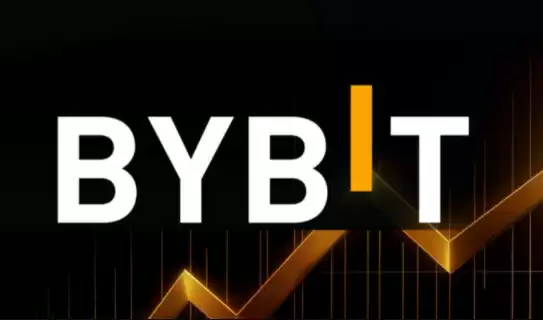
A Comprehensive Guide to Utilizing Bybit Leverage: Maximizing Trading Opportunities
Introduction
Bybit, a renowned cryptocurrency exchange, empowers traders with the ability to enhance their trading potential through the use of leverage. Leverage, a double-edged sword, magnifies both profits and losses, necessitating a thorough understanding of its mechanisms before employing it. This comprehensive guide delves into the intricacies of Bybit leverage, providing a step-by-step approach to its effective utilization.
Understanding Leverage Trading
Leverage, in essence, allows traders to borrow funds from the exchange to augment their trading positions. This borrowed capital amplifies both potential gains and potential losses. For instance, if a trader employs 10x leverage on a $1,000 trade, their effective position size becomes $10,000. However, it is crucial to recognize that any losses incurred will also be multiplied by the same factor.
Types of Leverage Offered by Bybit
Bybit offers two primary types of leverage:
- Crossed Margin: Margin is borrowed from a central pool, enabling traders to maintain multiple open positions with a single margin balance. This eliminates the need to segregate funds for each position.
- Isolated Margin: Margin is isolated for each individual position, preventing losses in one trade from affecting other open trades. This provides greater control over risk management.
Choosing the Appropriate Leverage Multiplier
The choice of leverage multiplier is a critical aspect of leverage trading. A higher multiplier amplifies both profits and losses, while a lower multiplier mitigates risk. Determining the optimal leverage depends on various factors, including:
- Trading strategy: Scalpers and day traders may opt for higher leverage to capture short-term profits, while swing traders and investors may prefer lower leverage for long-term stability.
- Risk tolerance: Traders should assess their tolerance for volatility and potential losses before selecting a multiplier. A higher tolerance may warrant higher leverage, while a lower tolerance suggests a conservative approach.
- Market volatility: Leverage should be adjusted based on market conditions. During periods of high volatility, lower leverage is recommended, while calmer markets may allow for higher leverage.
Step-by-Step Guide to Operating Bybit Leverage
- Create an Account and Verify Your Identity: Begin by establishing a Bybit account and completing the KYC verification process. This ensures compliance with regulatory requirements and enables access to full exchange functionality.
- Fund Your Account: Deposit the desired trading capital into your Bybit account using supported fiat or cryptocurrency payment methods.
- Select a Trading Pair: Choose the cryptocurrency pair you wish to trade. Bybit offers a wide range of trading pairs, including BTC/USDT, ETH/USDT, and XRP/USDT.
- Configure Leverage Settings: Navigate to the "Order" tab and select the "Cross" or "Isolated" margin mode. Specify the leverage multiplier you wish to employ, keeping in mind the considerations discussed earlier.
- Place a Trade: Enter the desired order details, including trade direction (buy or sell), order type (market or limit), and order size. The leverage multiplier you selected will be automatically applied to the trade.
- Monitor Your Position: Once the trade is executed, keep a close eye on its performance. Leverage magnifies price fluctuations, so pay attention to stop-loss and take-profit levels to manage risk.
- Close Your Position: When it is time to exit the trade, simply close your position by placing an opposite order. The borrowed funds and any accrued profits or losses will be settled automatically.
Risk Management Considerations
Leverage trading comes with inherent risks. It is imperative to implement robust risk management strategies to mitigate potential losses:
- Proper Stop-Loss Placement: Stop-loss orders are essential for limiting losses. Position stop-loss orders strategically to prevent catastrophic loss scenarios.
- Adequate Margin Balance: Ensure you maintain an adequate margin balance to cover potential losses. Insufficient margin can lead to liquidation of positions.
- Emotional Discipline: Leverage can amplify emotions. Avoid making impulsive decisions and stick to your trading plan to manage risk effectively.
Disclaimer:info@kdj.com
The information provided is not trading advice. kdj.com does not assume any responsibility for any investments made based on the information provided in this article. Cryptocurrencies are highly volatile and it is highly recommended that you invest with caution after thorough research!
If you believe that the content used on this website infringes your copyright, please contact us immediately (info@kdj.com) and we will delete it promptly.
- BlockDAG, DOGE, HYPE Sponsorship: Crypto Trends Shaping 2025
- 2025-10-01 00:25:13
- Deutsche Börse and Circle: A StableCoin Adoption Powerhouse in Europe
- 2025-10-01 00:25:13
- BlockDAG's Presale Buzz: Is It the Crypto to Watch in October 2025?
- 2025-10-01 00:30:13
- Bitcoin, Crypto, and IQ: When Genius Meets Digital Gold?
- 2025-10-01 00:30:13
- Stablecoins, American Innovation, and Wallet Tokens: The Next Frontier
- 2025-10-01 00:35:12
- NBU, Coins, and Crypto in Ukraine: A New Yorker's Take
- 2025-10-01 00:45:14
Related knowledge
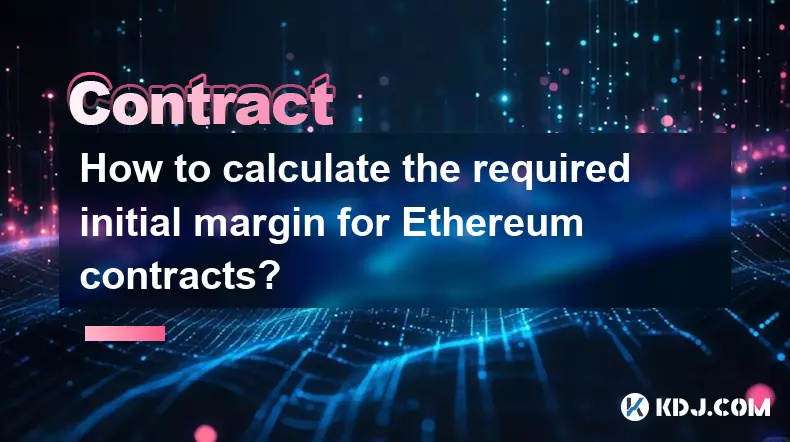
How to calculate the required initial margin for Ethereum contracts?
Oct 01,2025 at 06:01am
Understanding Initial Margin in Ethereum Futures1. The initial margin for Ethereum futures contracts represents the minimum amount of capital a trader...
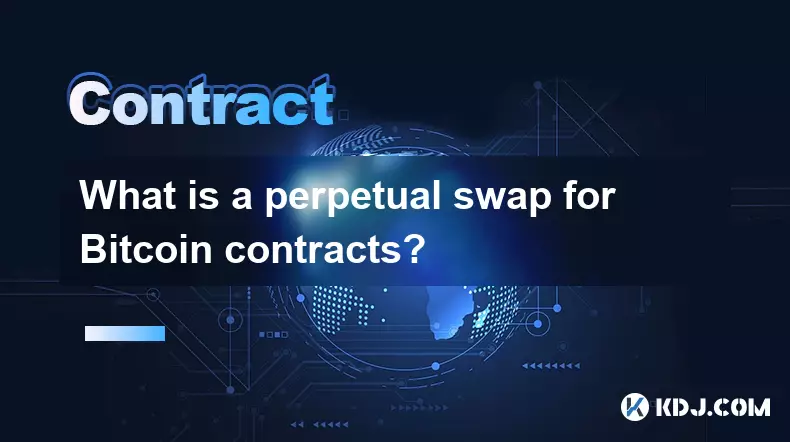
What is a perpetual swap for Bitcoin contracts?
Oct 01,2025 at 08:18am
Understanding Perpetual Swaps in Bitcoin Trading1. A perpetual swap is a type of derivative contract that allows traders to speculate on the price of ...

What is the best platform for trading SOL contracts?
Oct 01,2025 at 06:36am
Understanding the Role of Decentralized Exchanges in Modern Crypto Trading1. Decentralized exchanges (DEXs) have reshaped how traders interact with di...
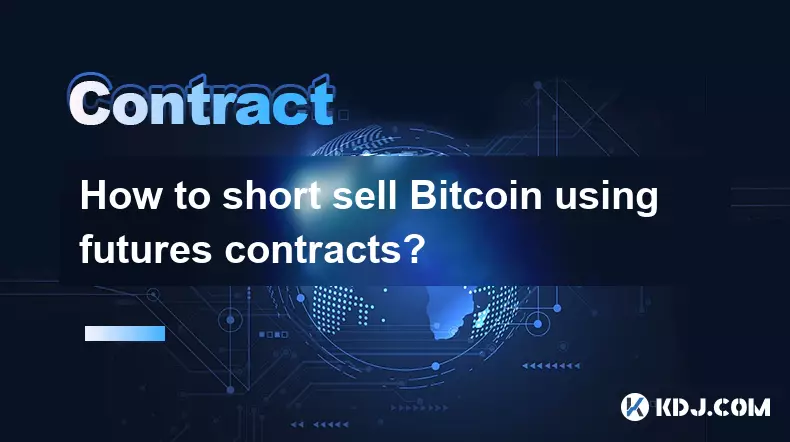
How to short sell Bitcoin using futures contracts?
Oct 01,2025 at 02:54am
Understanding the Role of Decentralized Exchanges in Crypto Trading1. Decentralized exchanges (DEXs) have become a cornerstone of the cryptocurrency e...

Are PEPE contracts a good way to trade volatility?
Oct 01,2025 at 04:18am
Understanding PEPE Contracts in the Cryptocurrency Market1. PEPE contracts, derived from the broader meme coin movement, have gained attention due to ...
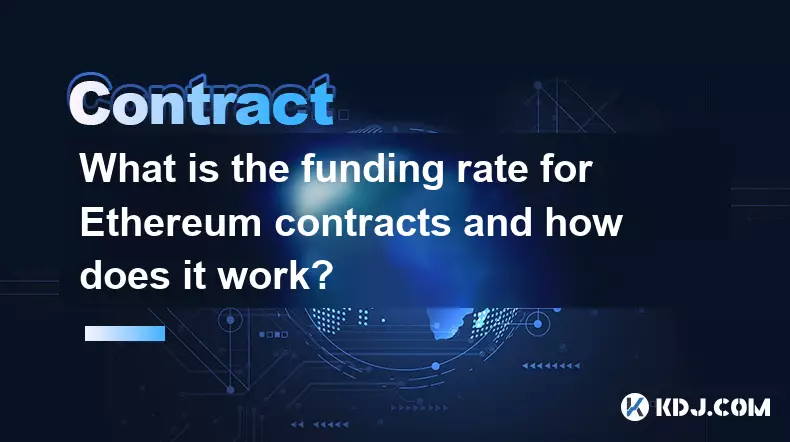
What is the funding rate for Ethereum contracts and how does it work?
Oct 01,2025 at 10:54am
Funding Rate Mechanism in Ethereum Derivatives1. The funding rate is a periodic payment exchanged between long and short positions in perpetual future...

How to calculate the required initial margin for Ethereum contracts?
Oct 01,2025 at 06:01am
Understanding Initial Margin in Ethereum Futures1. The initial margin for Ethereum futures contracts represents the minimum amount of capital a trader...

What is a perpetual swap for Bitcoin contracts?
Oct 01,2025 at 08:18am
Understanding Perpetual Swaps in Bitcoin Trading1. A perpetual swap is a type of derivative contract that allows traders to speculate on the price of ...

What is the best platform for trading SOL contracts?
Oct 01,2025 at 06:36am
Understanding the Role of Decentralized Exchanges in Modern Crypto Trading1. Decentralized exchanges (DEXs) have reshaped how traders interact with di...

How to short sell Bitcoin using futures contracts?
Oct 01,2025 at 02:54am
Understanding the Role of Decentralized Exchanges in Crypto Trading1. Decentralized exchanges (DEXs) have become a cornerstone of the cryptocurrency e...

Are PEPE contracts a good way to trade volatility?
Oct 01,2025 at 04:18am
Understanding PEPE Contracts in the Cryptocurrency Market1. PEPE contracts, derived from the broader meme coin movement, have gained attention due to ...

What is the funding rate for Ethereum contracts and how does it work?
Oct 01,2025 at 10:54am
Funding Rate Mechanism in Ethereum Derivatives1. The funding rate is a periodic payment exchanged between long and short positions in perpetual future...
See all articles










































































